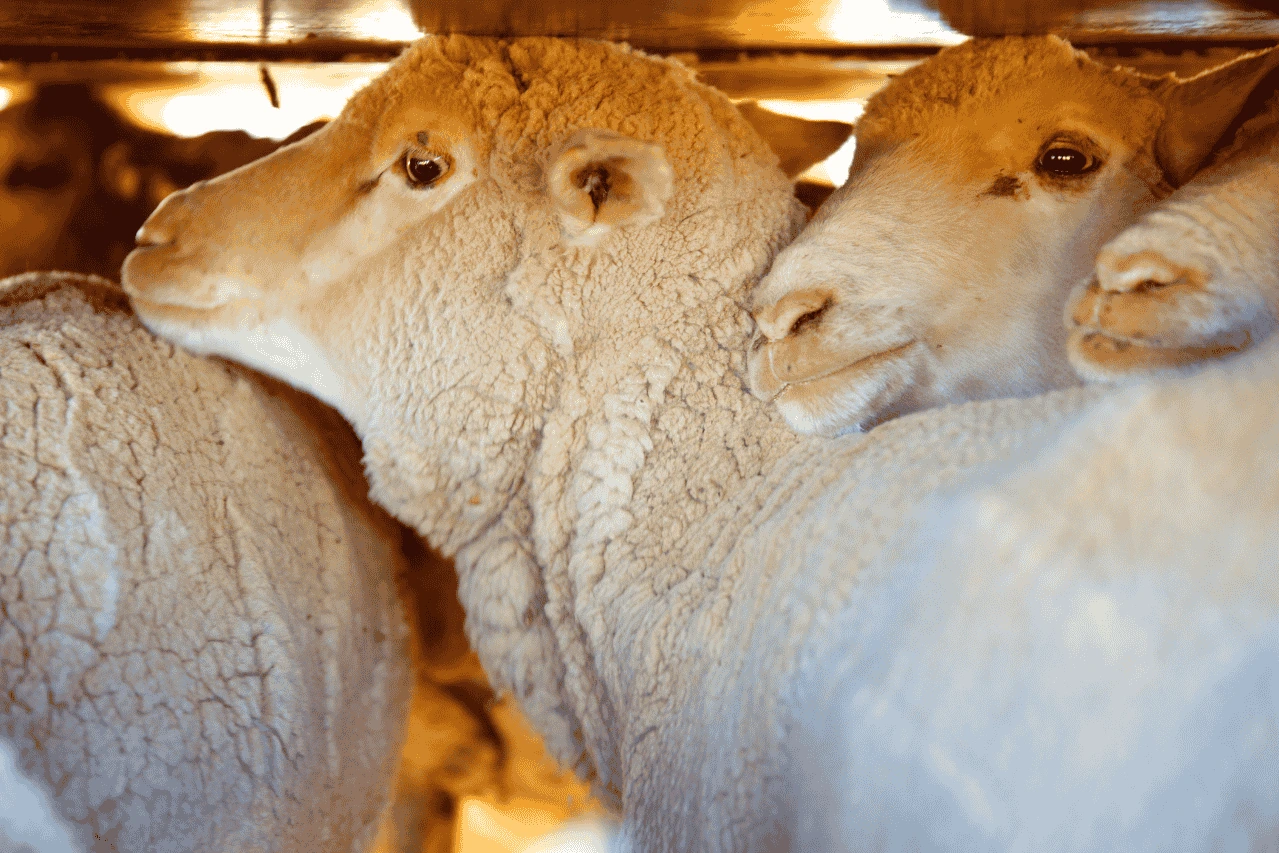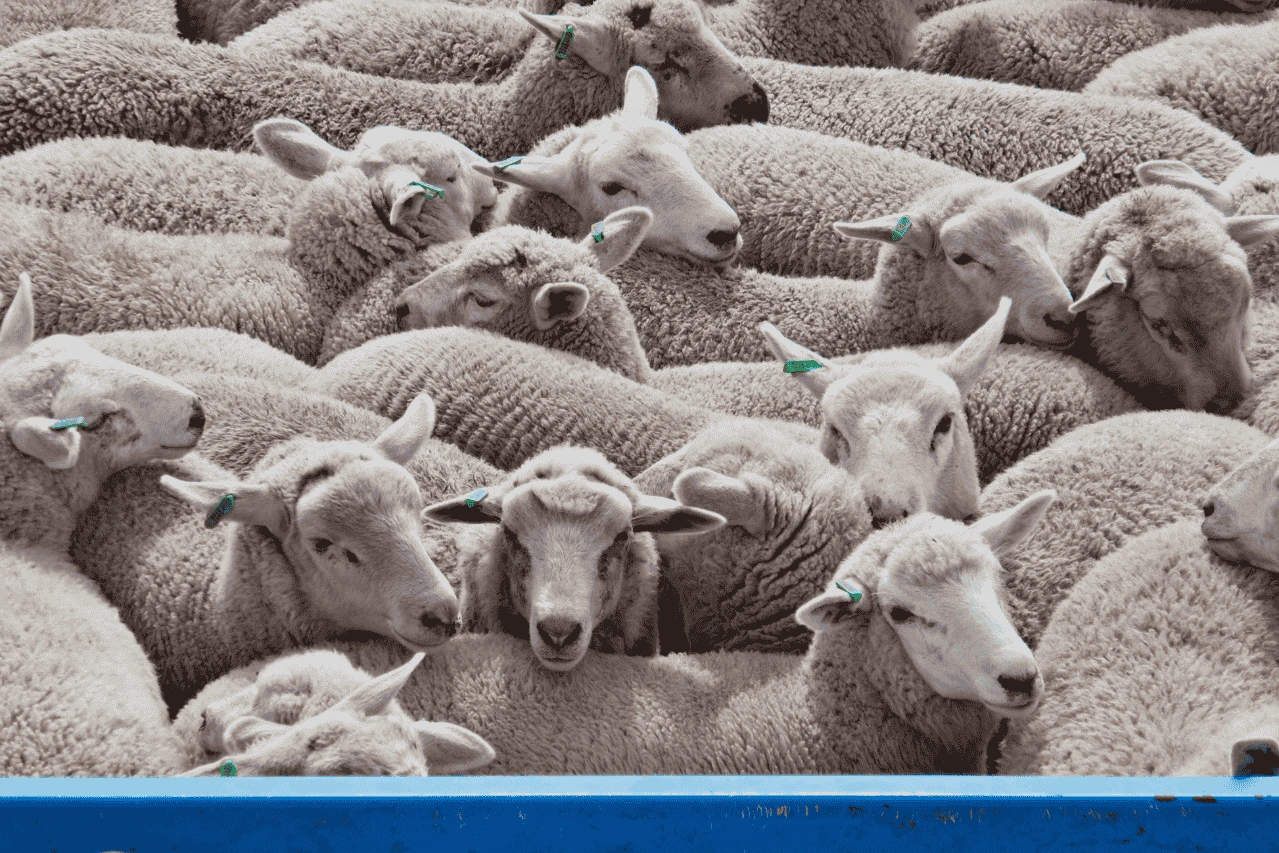Transporting sheep for commercial purposes requires precision, legal compliance, and a strong commitment to animal welfare.
Whether you’re moving sheep locally or across borders, understanding the protocols, documentation, and infrastructure involved is critical for maintaining compliance and ensuring livestock health and safety.
This complete guide outlines every essential detail needed for safe and lawful sheep transport.
Legal Requirements for Sheep Transportation
To legally transport sheep for commercial purposes in the UK or EU, you must comply with Regulation (EC) No 1/2005 on the protection of animals during transport. This legislation defines the minimum standards to be followed and is enforced rigorously.
Transporter Authorisation
All commercial livestock transporters must possess a valid Transporter Authorisation issued by the competent authority. There are two types:
- Type 1 Authorisation: For journeys lasting up to 8 hours.
- Type 2 Authorisation: For journeys exceeding 8 hours.
Failure to obtain the proper authorisation can result in fines, suspension of business activity, and animal seizure.
Certificate of Competence
Any person handling sheep during transport must have a Certificate of Competence, demonstrating knowledge of:
- Animal behavior and handling
- Emergency protocols
- Loading and unloading procedures
Journey Logs for Long Journeys
For journeys over 8 hours, a Journey Log must be submitted and approved before transport. It includes:
- Departure and destination locations
- Rest periods
- Estimated times
- Contingency plans
Vehicle and Trailer Standards
Vehicles used in transporting sheep must meet strict technical and welfare standards.
Vehicle Approval
All transport vehicles must undergo inspection and receive Vehicle Approval Certification. Requirements include:
- Non-slip flooring
- Proper ventilation and temperature control
- Adequate lighting
- Escape routes
- Loading ramps at proper angles (no steeper than 26.5°)
Partitions and Space Allowance
Sheep must be transported in groups of similar size and age, separated by secure partitions. Space allowances are based on sheep weight:
- Up to 55kg: 0.2–0.3 m² per animal
- 55–100kg: 0.3–0.4 m² per animal
- Over 100kg: 0.4–0.5 m² per animal
Animal Welfare and Fitness to Travel
Protecting sheep health during transport is both a legal and ethical responsibility. Therefore livestock transporters should follow the welfare standards during sheep transport.
Fitness for Transport
Only sheep that are fit for transport may be moved. Sheep must be:
- Free of illness or injury
- Capable of bearing weight on all legs
- Not in late pregnancy (last 10% of gestation)
- Free of open wounds or prolapses
Feeding, Water, and Rest
Before the journey:
- Sheep should be fed and watered within 12 hours
- No sheep should travel more than 14 hours without a 1-hour rest with access to food and water
For journeys exceeding 8 hours:
- Scheduled breaks every 14 hours are mandatory
- Water must be readily available throughout the journey
Trust JCS Livestock for expert livestock transport services. We manage the entire process; customs, flight bookings, and welfare compliance, using temperature-controlled, GPS-tracked vehicles. Contact us today for reliable, stress-free livestock transport.

Preparation Before Sheep Moving
Thorough planning prevents delays and secures the animals’ well-being. Here is a simple preparation plan to follow:
Route Planning
All commercial sheep transports must include:
- Rest point planning
- Emergency contact points
- Avoidance of extreme weather conditions
- Backup routes in case of road closures or delays
Vehicle Cleaning and Disinfection
To prevent disease transmission, all vehicles must be:
- Thoroughly cleaned and disinfected before and after every journey
- Registered with a cleaning and disinfection certificate (especially for international journeys)
Documentation Required for Sheep Transport
You must carry and produce the following documents upon request:
- Animal Transport Certificate (ATC)
- Transporter Authorisation (Type 1 or 2)
- Certificate of Competence
- Vehicle Approval Certificate
- Journey Log (for long journeys)
- Livestock Movement License (dependent on country and region)
- Health Certificate (for cross-border movements)
Biosecurity and Disease Prevention
Disease control is paramount during sheep relocation. Note that:
- Animals are sourced from disease-free premises
- Vehicles do not mix sheep from different origins
- Footbaths and protective gear are used during loading and unloading
- Contact with other livestock species is avoided
Key diseases of concern:
- Foot-and-mouth disease
- Scrapie
- Bluetongue
- Sheep scab
Loading and Unloading Procedures
Efficient and humane handling minimises stress and injury.
Safe Loading Techniques
- Use non-slip ramps with side barriers
- Load animals in small manageable groups
- Avoid electric prods or shouting
- Ensure calm and quiet environment
Unloading Protocols
- Unload sheep as soon as the destination is reached
- Inspect each animal for injuries
- Document any issues or discrepancies
International Transport of Sheep
Cross-border sheep transport involves stricter controls, including:
- TRACES (Trade Control and Expert System) registration for documentation
- Compliance with specific import/export regulations
- Health certification from an official veterinarian
- Pre-export isolation may be required for certain diseases
Brexit Impact: UK exporters must note that:
- Export Health Certificates (EHCs) are obtained
- Importer in the EU is registered with TRACES
- Sheep meet EU animal health requirements
Common Challenges and How to Overcome Them
- Extreme Weather Conditions: Avoid transport during heatwaves or freezing temperatures. Use temperature-controlled trailers.
- Vehicle Breakdowns: Always have a backup plan and emergency contacts ready.
- Stress-Related Illnesses: Minimise noise and overcrowding; allow sheep to rest post-journey.
- Documentation Errors: Keep digital and physical copies of all required documents to avoid penalties.
Why JCS Livestock for Sheep Transport
We offer expert livestock transport services including sheep, ensuring safety, comfort, and full regulatory compliance at every stage. Whether you're moving a small flock or a large consignment, locally or internationally, our experienced team handles everything from logistics and paperwork to customs and quarantine.
Trust us to deliver your sheep efficiently and with the highest welfare standards.
Conclusion
Safe, legal, and humane transport of sheep for commercial purposes is not just a legal requirement, it's an ethical responsibility. From documentation and training to equipment standards and welfare protocols, every step must be executed with precision and care.
By following this guide, commercial sheep transporters can operate confidently, avoid costly penalties, and most importantly, protect the health and well-being of the animals in their care.
Recommended Reads:
